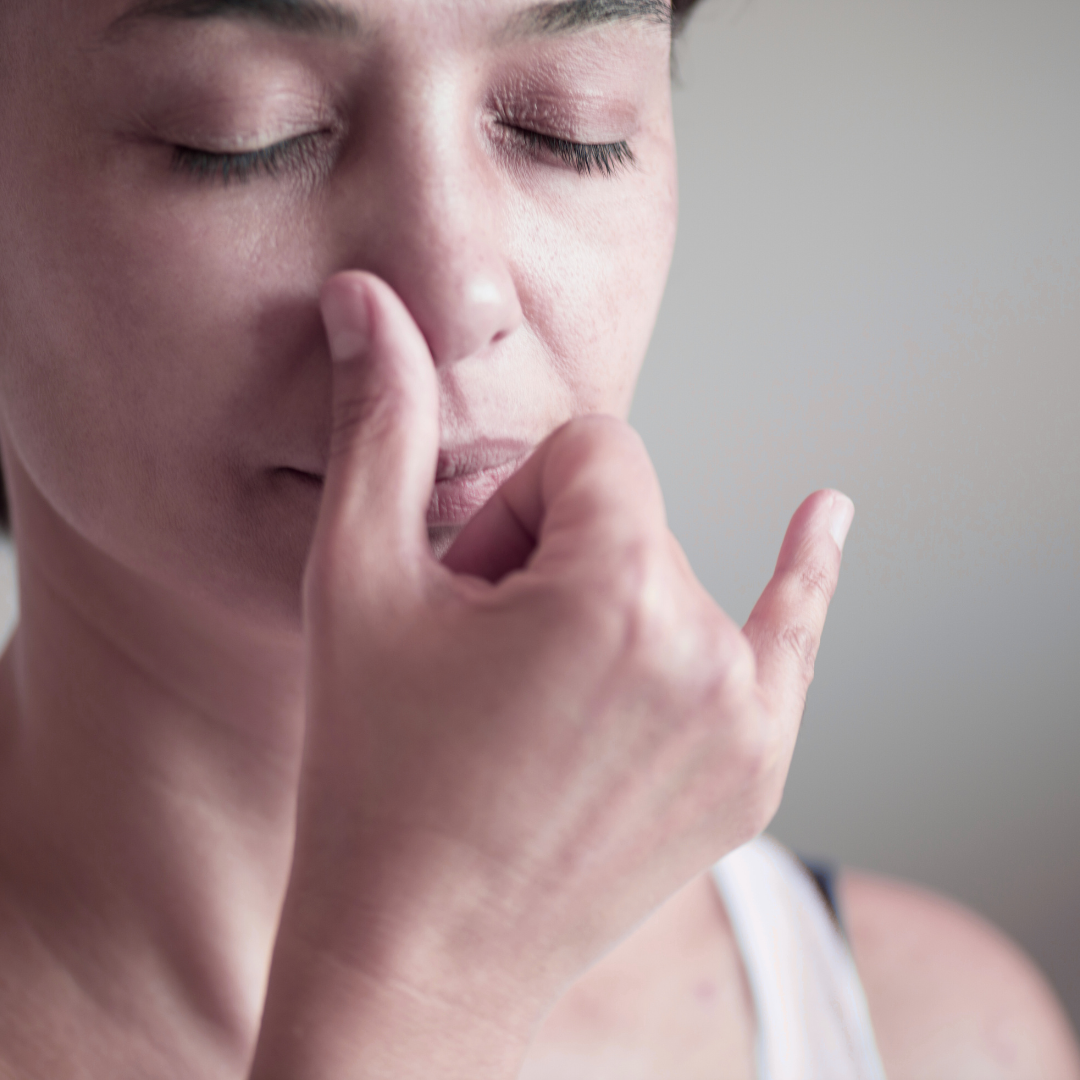Afternoon Energy Crashes | How Blood Sugar Imbalances Drain You Daily
An afternoon slump isn’t a sign of weakness, it’s your body asking for balanced fuel.
It’s 2 p.m. Your eyes blur on the screen. Your arms feel heavy. It takes every bit of willpower to stay awake, and all you can think about is a nap or something sweet to get through the rest of the day.
If this sounds familiar, you’re not alone. These “afternoon crashes” aren’t a sign of laziness. They’re a sign that your body is running out of fuel because your blood sugar is swinging up and down instead of staying steady.
Understanding the “Afternoon Energy Crash”
Why blood sugar spikes lead to fatigue
Every time you eat, your body converts food into glucose, a type of sugar that fuels your cells. If a meal is high in simple carbs or sugar and low in protein or fat, your blood sugar rises quickly.
In response, your body releases insulin to bring the sugar back down. When the rise is steep, the fall is steep too. This drop leaves you shaky, tired, and desperate for another quick source of energy. It becomes a rollercoaster that repeats all day.
Symptoms of “blood sugar fatigue”
The fatigue that comes from blood sugar swings is easy to recognize once you know what to look for:
Feeling shaky, dizzy, or weak 1 to 4 hours after eating
Irritability, brain fog, or a sudden mood shift
Intense cravings for sugar, caffeine, or refined carbs
Needing a nap or coffee to make it through the afternoon
These are all signs that your energy is being pulled out from under you after a spike.
Why we “crash after lunch”
Lunch is often the biggest trigger for an afternoon slump. Quick, processed lunches or skipping meals until midday can create a sharp blood sugar rise.
Lack of sleep, chronic stress, and caffeine make it even worse. These factors change the way your body handles glucose and insulin. The more your blood sugar fluctuates, the more likely you are to feel that familiar drop after lunch.
“Skipping meals or eating mostly carbs at lunch can trigger a sharp rise and fall in blood sugar, leaving you exhausted and craving sugar or caffeine.”
Stabilizing Blood Sugar for Steady Energy
You don’t have to live on a rollercoaster. The key to avoiding afternoon crashes is to smooth out the highs and lows so your body can keep a steady supply of fuel.
Build balanced meals
Pair carbohydrates with protein and fat at every meal. Protein and fat slow digestion, which keeps your blood sugar from rising too fast.
Examples:
Whole grain toast with eggs and avocado
A salad with chicken, beans, and olive oil
A bowl with rice, salmon, and vegetables
Choosing whole grains or fiber-rich carbs helps your body digest more gradually. This leads to a slower, steadier rise in blood sugar instead of a spike.
Eat smaller, more frequent meals
Instead of waiting long stretches and eating large meals, try eating every 3 to 4 hours. Smaller, balanced meals or snacks prevent big drops and keep your brain and body fueled throughout the day.
Good snack ideas include:
Apple slices with almond butter
Hummus with carrots
A handful of nuts with a boiled egg
Lifestyle habits that support stable blood sugar
Your daily habits make a big difference in how your body handles glucose:
Get enough sleep. Poor sleep makes the body more insulin resistant, which worsens blood sugar swings.
Stay hydrated. Dehydration makes it harder for your body to use glucose efficiently.
Move gently after meals. A short walk or light stretching after lunch can help your body use glucose without as much insulin.
Manage stress. Stress hormones can raise blood sugar and make drops more dramatic.
Limit caffeine. Too much coffee can spike stress hormones, leading to a sharper crash later in the day.
These simple habits set the stage for better energy.
Digging Deeper into Root Causes
For many women, balancing meals and habits can greatly reduce energy crashes. But sometimes, deeper issues need attention.
Underlying metabolic issues
Blood sugar swings can be worsened by conditions like insulin resistance, HPA axis dysfunction (adrenal fatigue), or nutrient deficiencies. If you have persistent energy crashes even after improving your eating patterns, these root causes may be at play.
When to get tested
Functional medicine testing can help you see what’s happening in more detail. Tests that may help include:
Glucose and insulin testing: To see how your body handles sugar over time
HbA1c: Measures average blood sugar over several months
Cortisol rhythm testing: Reveals how stress hormones affect your daily energy curve
These tests give a clearer picture of how your metabolism and stress response interact.
Compassionate next steps
Tracking what you eat and how you feel for a week can be a simple but powerful tool. Patterns often appear quickly. A practitioner can then help you adjust your meals and schedule to fit your body’s needs, rather than guessing.
“Steady energy isn’t about willpower. It’s about teaching your body to avoid the rollercoaster of spikes and crashes.”
Moving Forward With Support
If your afternoons feel like a battle against exhaustion, it’s not because you’re doing something wrong. It’s because your body needs a steadier flow of fuel.
At our clinic, we help women uncover the reasons behind daily fatigue—whether it’s blood sugar swings, hormone imbalances, or deeper stress patterns. With functional testing and a clear plan, you can finally stop living on a rollercoaster.
Inside the Nervous System Healing Code, you’ll learn how to calm the stress response that drives blood sugar swings, create balanced energy from food, and rebuild consistent energy that lasts all day.
You don’t have to rely on caffeine or willpower to push through another afternoon slump. Join our program or schedule a one-on-one consultation today. When your blood sugar stabilizes, life feels lighter, clearer, and more manageable.
Further Reading:

























